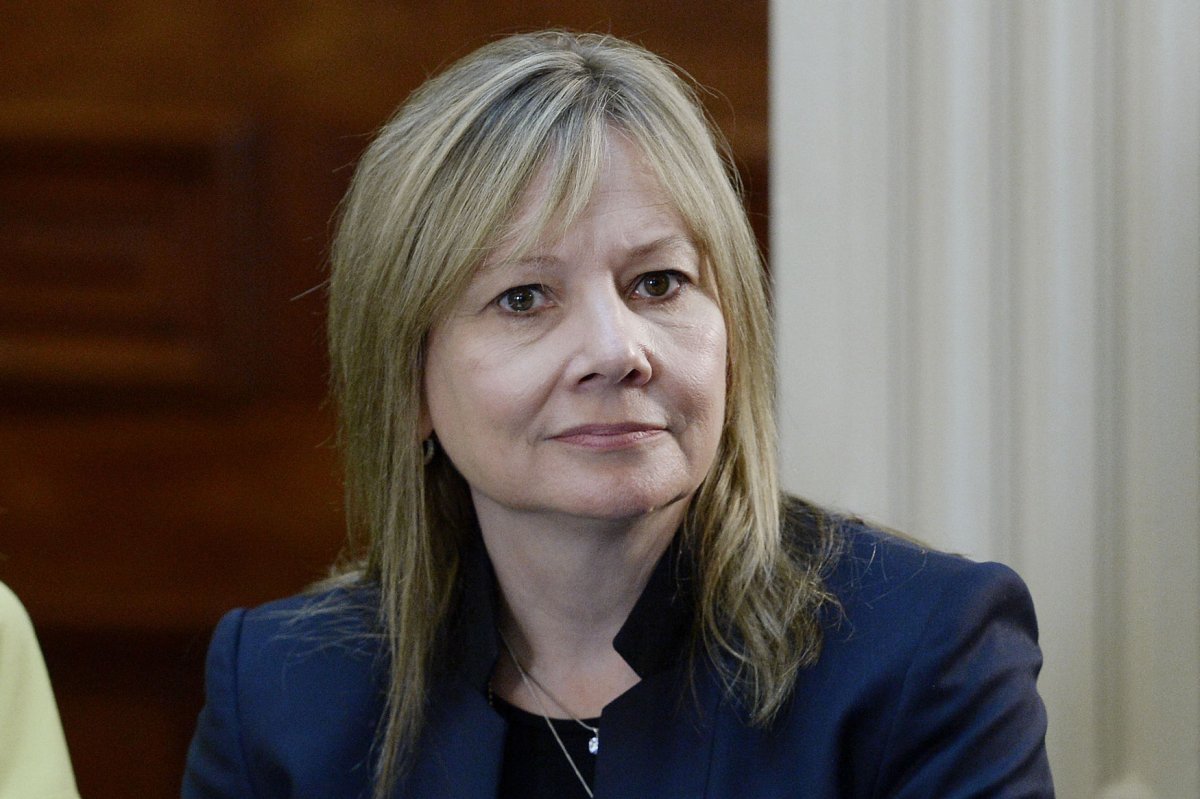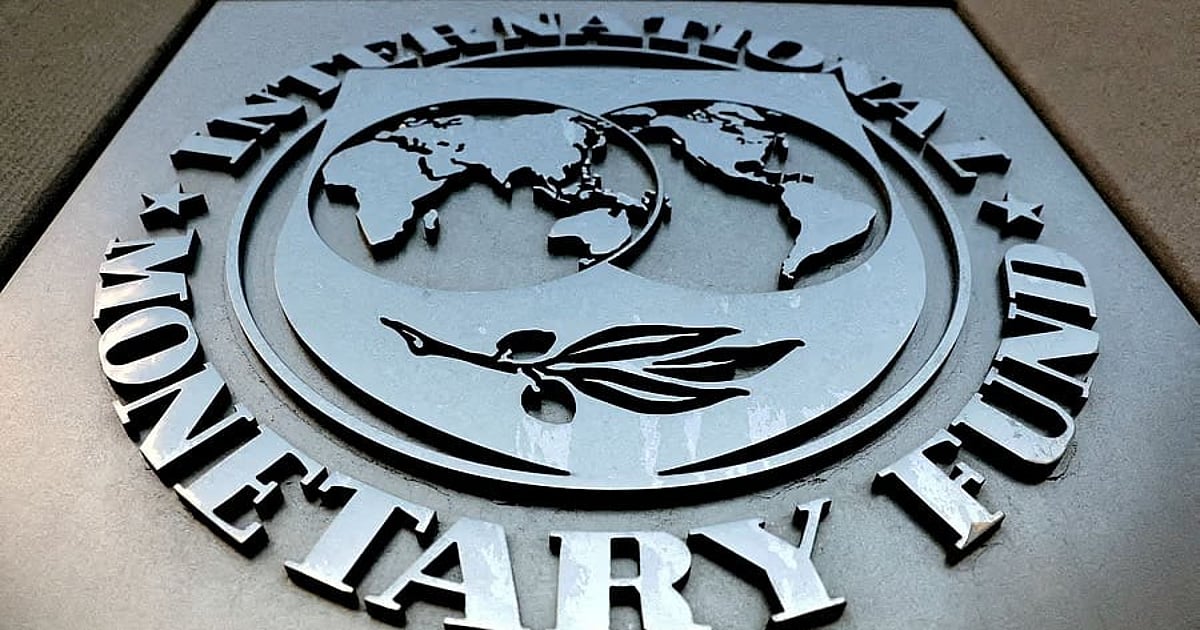Dec. 10 (UPI) — On this date in history:
In 1768, Encyclopedia Britannica was first published.
In 1817, Mississippi joined the United States as the 20th state.
In 1869, the Territory of Wyoming granted women the right to vote.
In 1898, Spain…

Dec. 10 (UPI) — On this date in history:
In 1768, Encyclopedia Britannica was first published.
In 1817, Mississippi joined the United States as the 20th state.
In 1869, the Territory of Wyoming granted women the right to vote.
In 1898, Spain…

ESPN has announced that the 2025-26 season of Japan Rugby League One (JRLO) will air on their channels in Africa, as well as on Disney+ in South Africa, showcasing many world-famous Springboks plying their trade in the…

The B1M’s Chief Revenue Officer, Liam Marsh, shares how a single documentary became the most impactful AEC campaign Epic Games has ever run and why it changed the conversation around real-time 3D in…

Pulmonary nodular lymphoid hyperplasia (PNLH) is a rare benign disease of middle-aged patients with no sex predilection, which was initially known as pseudolymphoma. This entity is characterized by a localized, reactive polyclonal…

The European Space Agency has published a call for tenders to develop a launch abort system for a future crewed launch capability. The system would be used in the event of an emergency, either on the launch pad or during…

We would like to bring to your attention an important update from the Aichi–Nagoya 2026 Asian Games Organising Committee (AINAGOC) regarding the Entry by Number process.
AINAGOC, in collaboration with the Olympic…

Singapore, 10 December 2025 – Safran Electronics & Defence and ST Engineering have expanded their global cooperation into the defence domain through the signing of a Memorandum of Understanding (MOU). With the growth in the global defence market, the MOU will strengthen both partners’ cooperation across several areas including joint business development, technology integration, lifecycle support and sustainment services in order to meet customers’ operational requirements. This expanded partnership brings together complementary capabilities to deliver integrated and mission-critical solutions in the land, air, sea and space domains in Asia Pacific and worldwide.
A key focus will be the integration of Safran’s core expertise in optronics, avionics and PNT (Positioning, Navigation and Timing) electronics with ST Engineering’s domain expertise in integrated defence solutions to deliver high-performance solutions that address the global demand for technology-driven defence modernisation.
“As ST Engineering grows its international defence business, strengthening partnerships with international counterparts is aligned with our commitment to deliver advanced, mission-ready solutions to our customers. Such partnerships reinforce our position as a trusted partner of choice in the global defence industry. This MOU with Safran builds upon the strength of our existing collaboration and leverages the complementary technical expertise that both sides will bring to drive innovation and excellence across multiple domains,” said Mervyn Tan, President, Defence & Public Security, ST Engineering.
“ST Engineering and Safran Electronics & Defense have established a robust and reliable partnership in the worldwide aviation market. This MOU marks a significant expansion of this collaboration into the defence sector, demonstrating our strong commitment to mutual growth in this field . By combining our technological and industrial capabilities, we will jointly enhance innovation, operational readiness and lifecycle support thereby creating greater value and long-term capability for our customers,” said Alexandre Ziegler, Head of Defence Global Business Unit, Safran Electronics & Defense.
Annex: Photo of the MOU Signing Ceremony
Mervyn Tan, President, Defence & Public Security, ST Engineering (left) and Alexandre Ziegler, Executive Vice President, GBU Defense, Safran Electronics & Defense (right) marking the completion of the MOU signing with the presentation of a commemorative plaque.
*****
For media enquiries, please contact news@stengg.com.

With the increase in the number of patients aged 65 years and older undergoing surgical procedures, anaesthesiologists are treating a growing number of elderly patients.1 As individuals age, physiological changes occur…

Erectile dysfunction (ED) is one of the most common sexual disorders in men, with millions affected worldwide.1,2 The estimated prevalence is expected to be 322 million worldwide by 2025.3 The prevalence is about 20% at age <30…